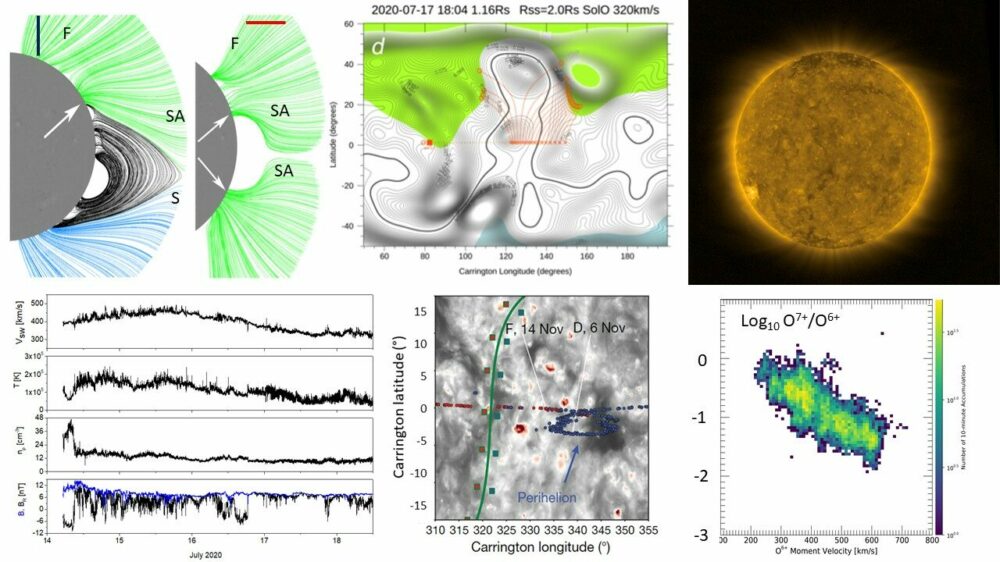The goal of this team is to advance our current understanding of the origin and evolution of different solar wind stream types, with particular reference to Alfvénic slow wind streams. Such streams are characterised by a state of turbulence, that though well described by an inertial range power law, shows the correlated magnetic and velocity field fluctuations typical of Alfvén waves propagating away from the Sun. Such Alfvénic turbulence is usually seen in high-speed solar wind streams. Alfvénic slow streams, first seen by Helios at a heliocentric distance of 0.29 AU, were considered to be rare peculiar flows until measurements at Lagrangian point L1 during solar maximum revealed a statistically significant occurrence of such streams. Alfvénic slow wind shares several other properties with high speed streams, such as pronounced differential speeds between proton and alpha particles and large proton temperature anisotropies. Recent studies reveal that Alfvénic slow wind arises, as its fast counterpart, from open field regions, or coronal holes. Alfvénic slow wind, however, appears to undergo strong super-radial expansion in the corona, originating either from verry narrow equatorial extensions of polar coronal holes and/or isolated low latitude coronal holes with very small area at the Sun. Recent observations by Parker Solar Probe (PSP), carried out just as we exit the last solar minimum, have shown persistent Alfvénic slow wind streams throughout all perihelion passages, suggesting that Alfvénic fluctuations might dominate the nascent solar wind quite generally except for the immediate surroundings of the heliospheric current sheet. However, if both fast and slow wind originate from open field regions, then something must account for the difference in speed. The study of this solar wind regime may thus provide a better understanding of the origin and acceleration of the solar wind in general.
Solar sources and evolution of the Alfvénic slow wind
ISSI Team led by Raffaella D'Amicis & Marco Velli

